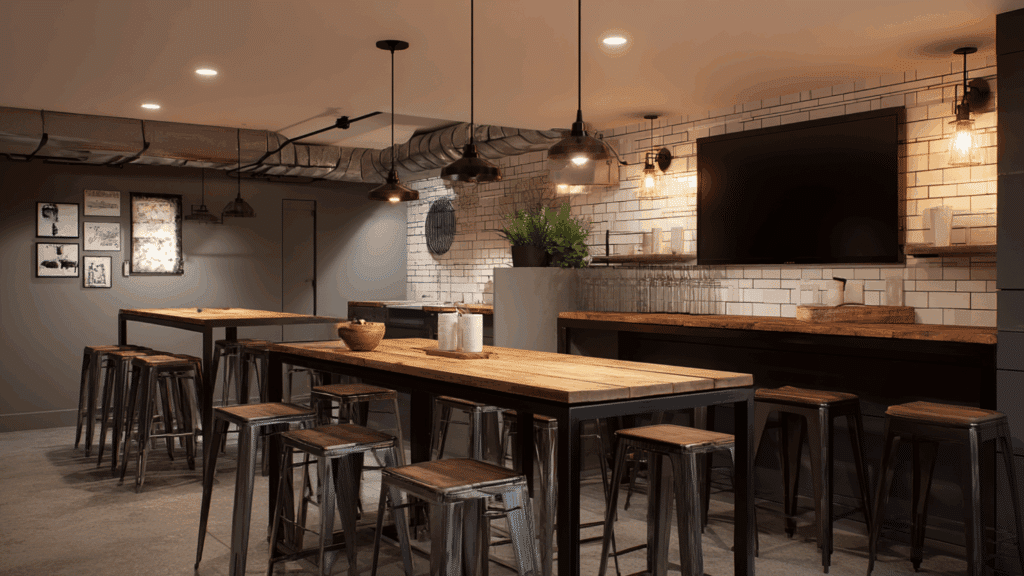Understanding the standard table height helps people create a comfortable place to sit, eat, and spend time together.
When the table and chairs fit well, it’s easier to sit with good posture and enjoy meals without feeling cramped.
This blog gives clear information on the dining table height standard, counter height tables, and bar height tables, so readers know what works best for their home or business.
It also explains how the chair and stool heights should match each table type.
What is the Standard Table Height?
The standard table height refers to the common measurement used for most tables, so people can sit and use them comfortably.
These measurements are based on basic ergonomics, making sure the table is the right height for eating, writing, or working without straining the body.
Standard heights also help match tables with the right chairs or stools, making everyday use easier and more natural.
Most homes and businesses follow these guidelines because they create a consistent and comfortable experience.
Overview of Common Table Height:
- Dining Table: About 28–30 inches
- Counter-Height Table: About 34–36 inches
- Bar-Height Table: About 40–42 inches
Types of Table Height Standards for Home and Business
Knowing common table height standards helps people choose comfortable, practical setups for both home and business spaces.
1. Dining Table Height (Standard)

A standard dining table is usually 28–30 inches tall. This height lets most people sit comfortably with their feet flat on the floor and their arms resting naturally.
It matches well with chairs that have a seat height of 17–19 inches.
This range works for family meals, homework time, or daily use in homes and restaurants. It creates a relaxed, easy dining experience for all ages.
2. Formal Dining Table Height
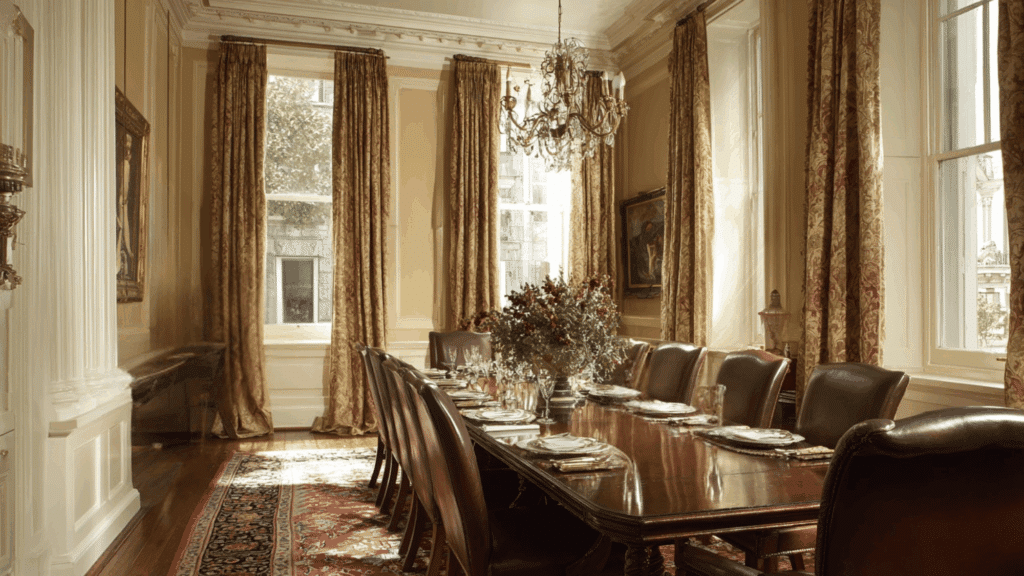
Formal dining tables are often on the higher end of the 30-inch range. This slight increase supports taller or more structured dining chairs.
People choose this height for stylish dining rooms or spaces meant for longer meals.
The added height gives a more upright posture, making it ideal for holiday dinners or gatherings where everyone stays seated for an extended time.
3. Counter-Height Table

Counter-height tables are about 34–36 inches tall. They pair with stools that have seats around 24–26 inches high.
Many homes use this height for kitchen islands or casual eating areas. It gives a more open feel and encourages easy conversation.
This height also works well for quick meals, baking, or food prep, while still offering a seated option nearby.
4. Bar-Height Table
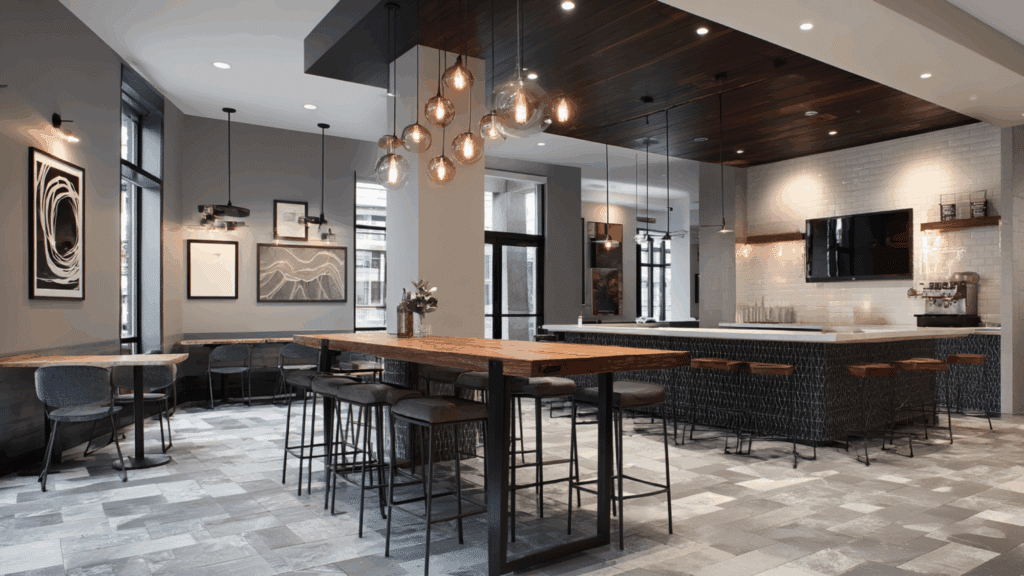
Bar-height tables stand around 40–42 inches tall. They use stools with seats between 28–30 inches.
This taller style is common in pubs, cafés, and entertainment spaces where people like to stand and sit freely.
The extra height gives a more social feel and works great for snacks or drinks. It also helps create a lively setting in both homes and commercial spaces.
5. Coffee Table Height
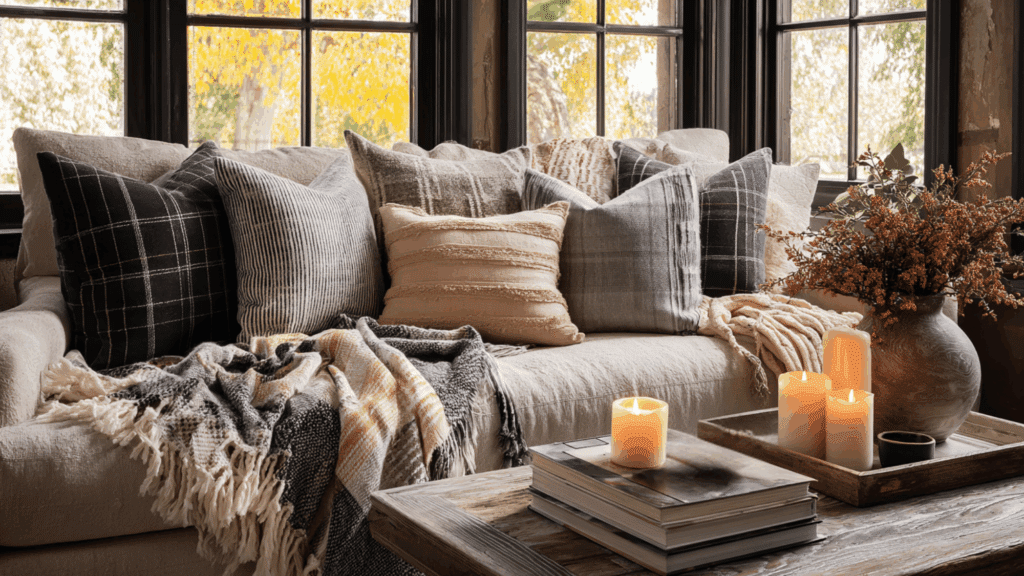
A coffee table is usually 16–18 inches tall. It sits lower than a sofa, so people can reach drinks or snacks comfortably.
This height also creates a relaxed, cozy feel in living rooms.
When matched with the right sofa height, it helps keep the space balanced. It’s practical for books, décor, or resting your feet during a movie night.
6. End Table Height

End tables generally measure 22–24 inches tall. They are designed to sit level with the arm of a sofa or chair.
This height makes it easy to set down a drink, remote, or lamp without stretching.
A well-matched end table helps the room feel organized and supports daily tasks. It also adds a function beside beds or reading chairs.
7. Console Table Height

Console tables are often 28–32 inches tall. They are used behind sofas, in hallways, or as display areas.
This height allows them to reach lamps, frames, or keys comfortably. Their slim shape makes them useful in smaller spaces.
They add style and function without getting in the way, making them a popular choice for entryways.
8. Work Desk Height
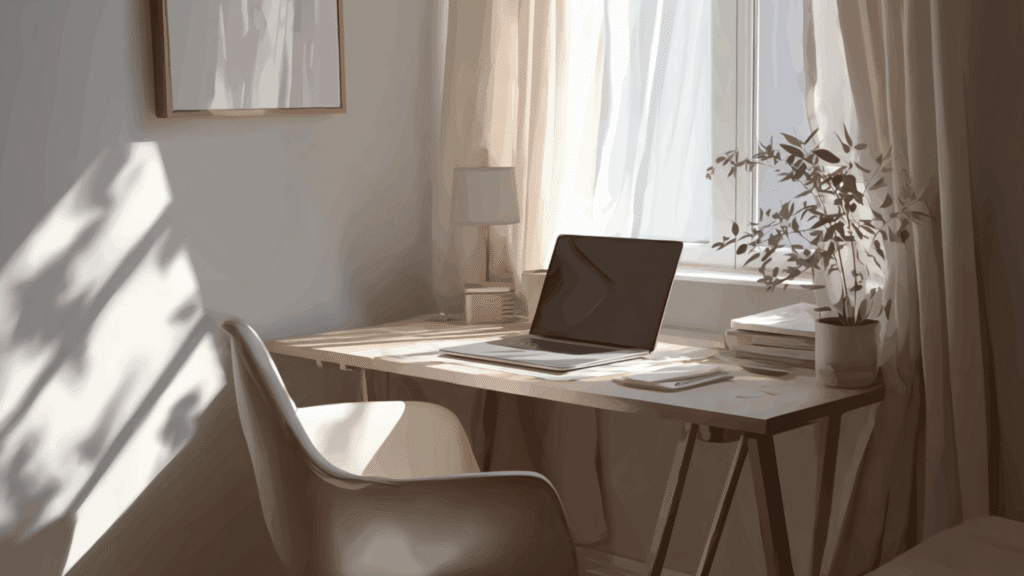
Most work desks measure around 28–30 inches. This height supports writing, reading, and computer use without straining the shoulders or wrists.
It pairs well with adjustable office chairs so people of different heights can stay comfortable.
A proper desk height helps improve posture during long hours and creates a productive space, either at home or in an office.
9. Outdoor Table Height

Outdoor dining tables typically follow the same 28–30-inch standard. This height works well for patio meals, gatherings, and grilling areas.
The chairs used are similar to indoor dining chairs, keeping comfort consistent.
Outdoor tables may be slightly sturdier or taller depending on the design, but the general height range stays the same to keep seating comfortable and familiar.
How to Pair the Right Table and Chair Heights
Choosing the right table and chair heights helps create comfortable seating, proper posture, and an easy dining experience for everyone.
- Match Heights Correctly: Pair each table with the recommended chair or stool height to keep arms relaxed and support a comfortable, natural posture while seated.
- Check Legroom Space: Allow enough room between the seat and the tabletop so knees move freely, preventing discomfort and awkward sitting positions during longer meals.
- Sit and Test Posture: Sit at the setup to see if your back stays straight, arms rest easily, and feet stay flat on the floor.
- Consider Seat Cushion Depth: Thicker cushions raise seating height, so test with the actual chair to ensure proper alignment with the table’s height.
- Try Multiple Seating Angles: Shift forward, lean back, and move slightly while seated to confirm the setup stays comfortable in different natural sitting positions.
Is a Custom Table Height Right for You?
Custom or non-standard heights are helpful when standard measurements don’t fit someone’s needs. Taller individuals may need a higher table to sit comfortably without bending too much.
People with accessibility needs might require lower or adjustable heights to make daily tasks easier.
Custom designs also work well for unique styles, special room layouts, or one-of-a-kind furniture pieces. However, going outside the typical ranges has pros and cons.
Custom heights improve comfort and function, but they can also make it harder to find matching chairs or stools.
They may cost more and might not work well if the furniture is moved or used by different people.
Tips to Know Before You Buy
Knowing a few key tips before buying a table helps ensure the right fit, comfortable seating, and long-lasting satisfaction in any space.
- Measure Your Space First: Check the room’s width and layout to ensure the table fits comfortably without blocking walkways or crowding other furniture.
- Check Seating Clearance: Leave enough space for chairs to slide in and out easily, preventing tight seating and helping everyone move comfortably.
- Focus on User Comfort: Choose a height that supports relaxed posture, natural arm placement, and enough legroom for daily meals or long sitting periods.
- Pick Durable Materials: Select sturdy materials that match your lifestyle, ensuring the table stays stable, long-lasting, and safe for regular use.
- Compare Online and In-Store: Online shopping offers variety, but testing tables in-store helps confirm comfort, stability, and height before making a final choice.
Conclusion
Understanding the standard table height helps people make confident choices when setting up a dining area, workspace, or social spot.
By learning the dining table height standard, counter height options, and bar height measurements, readers can pick furniture that supports comfort and fits their lifestyle.
Good height pairing also improves posture and overall ease during daily use. If choosing pieces for a home, restaurant, or office, knowing these guidelines makes the process smoother.
With the right information, anyone can create a space that feels balanced, welcoming, and enjoyable for every activity.

